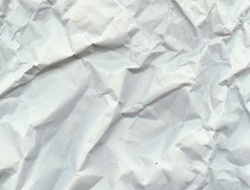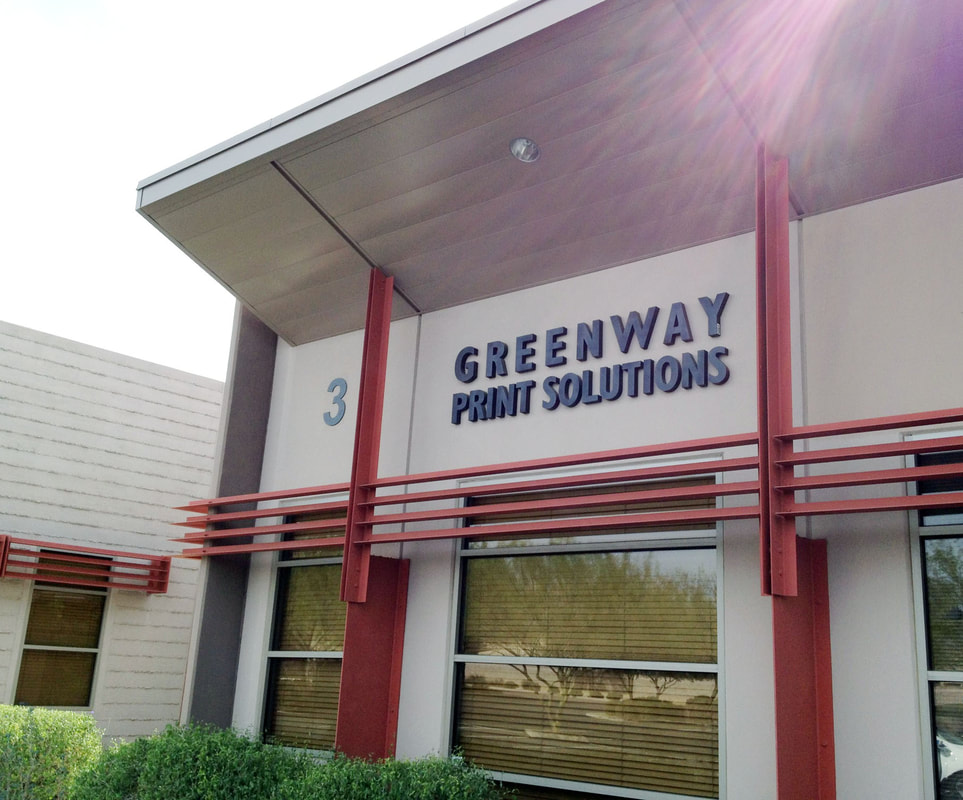 Selecting which type of paper to use for your marketing collateral can sometimes be as daunting a task as actually creating the piece. Sure, you can scribble your message on a piece of copy paper and hope that someone is so enthralled with your communication style that they immediately buy from you; however, it’s most likely that your presentation will fall flat when it comes to expectations. In fact, the type of paper you use for your collateral has a lot to do with how people perceive you and your business, so the next time you get ready to print out a brochure or flyer or even your business cards, keep this information in mind. If Your Business Card Paper is Cheap, So are You That might seem harsh, but if you expect people to buy from you, they will want to know there’s quality in what they are buying. If your business cards are flimsy, people will wonder why you couldn’t spend a few bucks to have them professionally made. You can get free business cards made via the web, but they are usually printed on thin stock (10 point) and have the printing company’s name stamped on the back. Consumers know this and will formulate a perception about you the minute the card reaches their hand. Don’t underestimate the importance of a well-made business card. It’s the first piece of marketing collateral between you and your potential customer. If you’re seriously running a business, using a heavier stock paper for your business cards will not only make your designs stand out, but it will feel better in your customer’s hands, giving them the perception of your professionalism. Go with at least a 14pt or 16 pt card stock. And don’t go for the “free” deals. By the time you pay shipping for those freebies, you could have had a better quality card made for just a few dollars more. Your Flyers and Brochures Don’t Belong on Copy Paper Even if you live in an area that forbids solicitors from leaving their flyers or brochures on your front doorstep, chances are they end up there anyway. My favorite is the landscaper who hopes that I will spend $150 a month to clean my yard, but believes his collateral is worth nothing more than a photocopy of some verbiage on 20lb paper. What crosses my mind? Will he show up? Will he do a good job? Will his business be around a few months from now? It doesn’t even matter if he’s got the best deal in town because that easily crumpled paper has hit the trash can long before that can cross my mind. When designing your brochures and flyers, consider using 80 to 100lb paper which is far heavier than your standard 20lb to 24 lb copy paper. Heavier paper has a much better feel and is perceived of as far more professional, plus it doesn’t crumpled quite as well. Your goal is to have your piece linger in the hands of your customers and potential customers so that it’s handy when they make their call to you to buy. The Different Types of Paper Finish The type of finish you use for your piece should correspond with your brand. The finish pertains to the texture of the paper and can be coated or uncoated.
Weight: Paper has different weights and are denoted in pounds (#). The higher the number, the heavier/thicker the paper. Copy paper or multi-use paper (the paper you stick in your copy machine) is usually 20# paper. Offset paper (known as book or text paper) is commonly used for brochures, greeting cards, postcards, folders and business cards and comes in weights of 50#, 60#, 70#, 80# and 100#. Cover stock paper is heavy and rigid and can also be used for the same type of pieces. They come in 65#, 80#, 100#, 120# and 12pt. Opacity: How opaque a piece of paper is determined by its weight, ingredients and absorbency. This correlates with how much printing will show through on the reverse side of the paper. The opacity is expressed in terms of it’s percentage of reflection; so a piece of paper that is completely opaque is 100 percent and a piece that is completely transparency is zero percent. Brightness: A piece of papers’ brightness is measured by the percentage of a wavelength of blue light it reflects. Brightness is usually expressed on a scale of 1 to 100 with 100 being the brightest. Brightness affects readability, the perception of ink color and the contrast between light and dark hues. So the next time you set out to have your marketing collateral made, give plenty of thought to what you want the final outcome to be – not just what you want it to look like, but what you want it to accomplish. Your marketing collateral is an investment and one that should be treated as such. You’ll yield far better results from a professionally made piece than from one put together on the cheap. And just because you got it for “free” doesn’t mean it won’t cost you in the end. For more information about how you can create professional marketing collateral using the right paper and at an affordable price, contract the pros at Greenway Print Solutions.
0 Comments
Your comment will be posted after it is approved.
Leave a Reply. |
Contact UsEmail us Categories
All
Archives
March 2024
|
- Home
-
Print
- Bar Codes >
- Booklets & Catalogs
- Business Cards
- Extreme Business Cards
- Checks >
- Collection Agency Forms
- Direct Mail /EDDM
- Door Hangers
- Envelopes
- Forms >
- Freight Labels
- Gift Cards
- Insurance Guide Books
- Labels >
- Patient Sign-in Sheets
- Political Printing
- Postcards
- Sign-in Sheets
- Tags
- Ultra Privacy Sign-in Label Sheets, Custom Columns - Designed For Your Business
- Promo Products
- Apparel
- About / Contact
- Customer Specific
- Artwork/Color
- Blog
- EVENT PRINTING ARIZONA
|
GREENWAY PRINT SOLUTIONS
5425 E. Bell Rd., #120 Scottsdale, AZ 85254 602.482.1100 |
Pay Your greenway invoice here. |

